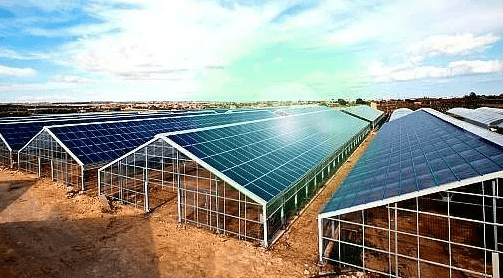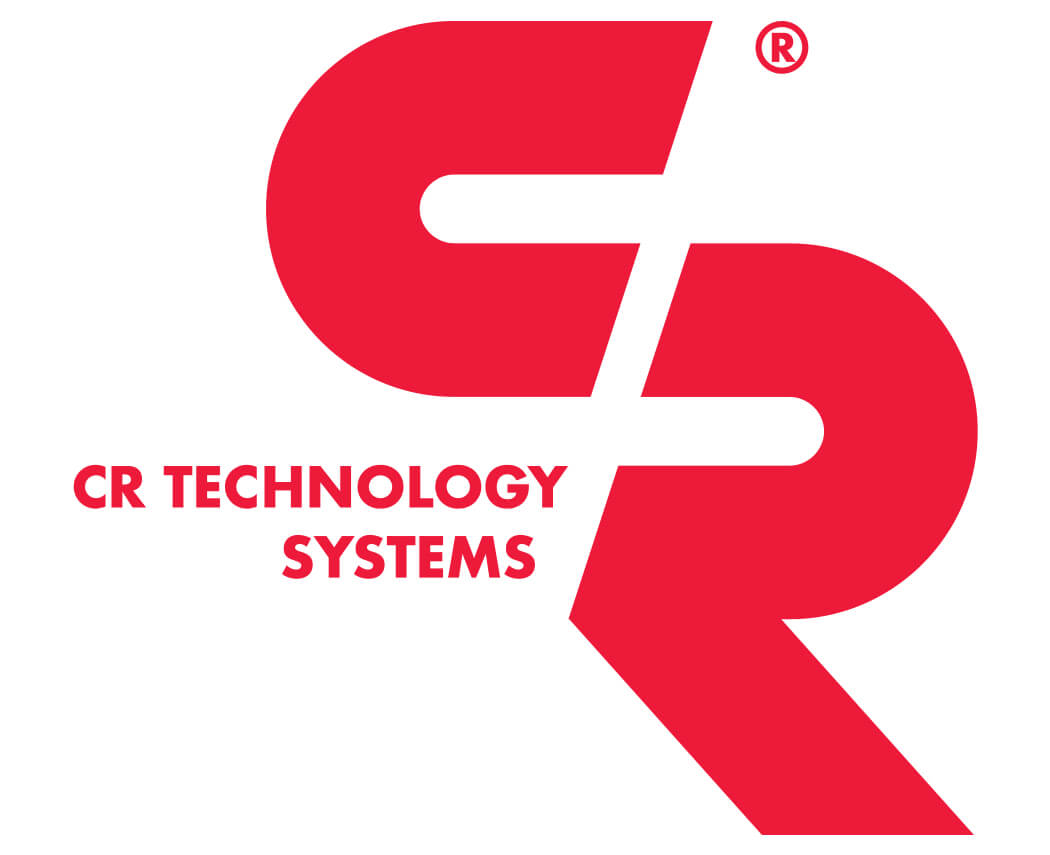The photovoltaic landscape is constantly evolving, thanks to huge investments in the study and research of new solutions aimed at improving the performance of the systems and optimizing the use of the surfaces intended for installation.
Photovoltaic greenhouses and agrivoltaic (or agrovoltaic) are simply the integration of photovoltaic panels in agricultural activities. It is a rapidly expanding phenomenon that makes it possible to improve the energy yields of a farm and at the same time reduce water consumption.
Solar greenhouses allow a true symbiosis between the agricultural world and that of renewable sources. At the same time, it is possible to cultivate and use photovoltaic panels to produce clean energy without occupying lands. These are fixed structures, usually made of aluminum or iron, while the walls and the pitched roof are made of transparent glass or polyethylene film that acts as a cover.
Inside, a protected environment is created, where flowers, plants and vegetables can be grown.
In greenhouses, temperature and humidity are controlled by means of ventilation, heating and humidification systems. However, these devices require a large amount of energy and fuel to function effectively. To reduce the supply of electricity from external sources and use renewable sources, the installation of solar panels can be an effective solution, which allows providing the energy necessary for climate control in greenhouses.
These structures are perfectly integrated and compatible with agricultural practices (for example with the movement of machinery), and allow farms to become self-sufficient in the production and consumption of electricity.
WHY CHOOSE PHOTOVOLTAIC GREENHOUSES?
The advantages of building photovoltaic greenhouses are considerable, both in economic and efficiency terms, as well as the aspects of environmental sustainability. The photovoltaic panels on the roof allow managing the greenhouse thanks to solar energy only.
- Energy and economic savings: thanks to the photovoltaic panels mounted on the roof, the greenhouse will partially cover the costs related to the energy needed to ensure adequate lighting, irrigation and microclimate.
- Space optimization: the area for agricultural activity is not reduced, so the photovoltaic system has no impact in terms of land use.
- Eco-friendly technology: photovoltaic greenhouses use solar energy to function, which is by definition clean and non-polluting energy.
CASE STUDY – THE FIRST GINGER PLANTANTION IN ITALY
C.R. Technology Systems is working on the realization of photovoltaic greenhouses for ginger plantations in Oristano, Sardinia. It is the first ginger plantation in Italy and, as a result of its characteristics, it is convenient to create a photovoltaic greenhouse for its energy supply.
The plants, designed and customized by C.R. Technology Systems, will guarantee the supply of 2MVA for the irrigation and heating systems of the internal areas of the greenhouse.
In particular, the project will involve n. 2 transformation cabins 1MVA 15/0.8kV, equipped with air-insulated (AIS) medium-voltage (MV) switchgears, transformers, low-voltage (LV) switchboards, UPS, MV/LV cables, HVAC plant, auxiliary equipment.

